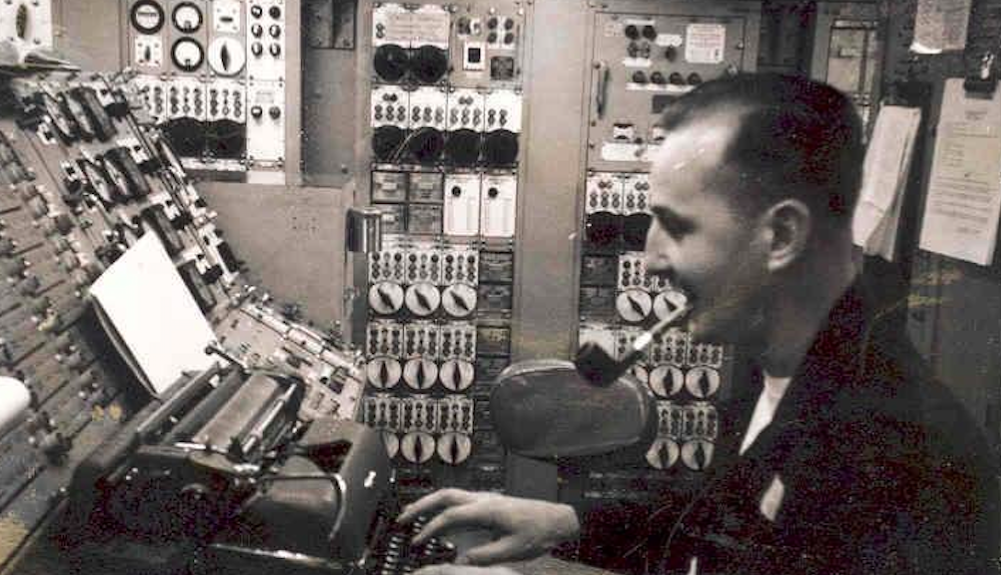“Bud felt that he should’ve been the one to go down with the Thresher, not this other man. All those years, it bothered him.”
***
In early April in 1963, a young United States Navy sailor, Paul “Bud” Rogers, was preparing for his upcoming voyage: he was to be an observer on the submarine the USS Thresher (SSN-593) as it plunged the mighty Atlantic’s depths off the coast of New England, in sea trials.
But then, right before he was to board, Rogers was given surprising news. His supervisor decided he lacked sufficient experience to man the vessel one one of its maiden voyages. He replaced him with another, more seasoned sailor.
It was a twist of fate the young sailor would never be able to shake.
On April 10, 1963, while some 200 miles away from land, the Thresher sank. All 129 men, including the one that replaced Rogers, were killed.
The survivor’s remorse would stay with the Navy veteran, quietly haunting him for the rest of his life — as well as his 41-year career in the service (he retired a captain).
Rogers passed away on October 28, 2015, at the age of 86. His final request, written in his will, was to be buried at sea. His family, however, read between the lines, and started the process to get his remains where Rogers believed it belonged for much of his adult life.
On the Thresher. On the sea floor. With his men.
This month, the Navy officially granted this wish, and will perform the ceremony during routine operations at an undisclosed time soon (submarine operations are secret only to pertinent military personnel).
Lt. Cmdr. Paul Rumery, a Navy chaplain since 2000, will carry out the services. Usually about 15 minutes in duration, they’ll include the sub lowering the cremation urn into the ocean and ultimately onto the ocean’s bed.
“It was just the love of his life. That was his first love, the submarines and the Navy. Somewhere in there, I came in,” quipped Barbara “Bobbye” Rogers to a reporter for The Day, a newspaper out of Connecticut.
Later in his career, Rogers was the program manager for the Trident Missile Program and “commanded the Nuclear Weapons Evaluation Facility at Kirkland Air Force Base in Albuquerque, New Mexico before retiring” in 1990.




































